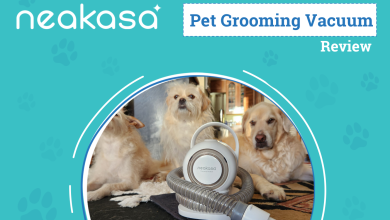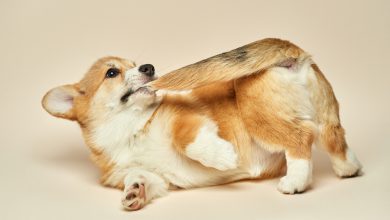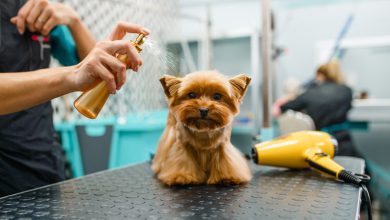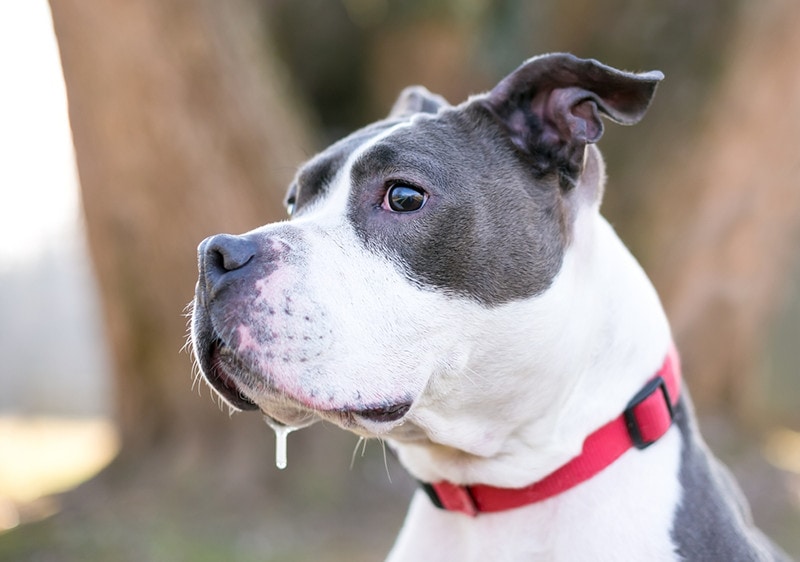
As a dog owner, dealing with drool is simply a part of the job. Drooling is a normal, natural behavior that cannot always be stopped. However, if you want to minimize the amount of drool your dog produces, there are some steps you can take to do so.
In this article, we will discuss eight tips and tricks that you can follow to reduce the amount of drool your dog creates. Furthermore, we will talk about how to know when drooling is excessive and concerning, as well as when you should contact your vet. But before we start, let’s talk about why dogs drool.

Why Do Dogs Drool?
Drool is saliva that is dripping from your dog’s mouth. It is a necessary part of your dog’s digestive process and a product of the salivary glands in your dog’s jaw and neck area. Typically, your dog can contain all of their saliva in their mouth, but if they salivats excessively, they may drool. A good example of this is when your dog sees you pull out a tasty treat and anticipates eating it.
In most cases, drool is not a huge issue. However, some breeds, such as the Saint Bernard and the Mastiff, are prone to drooling excessively. If you own a breed predisposed to drooling, there may not be much you can do to cut down on the drool they produce. Still, it is worthwhile to take a look at the tips and tricks in this list to see if any of them work for you.
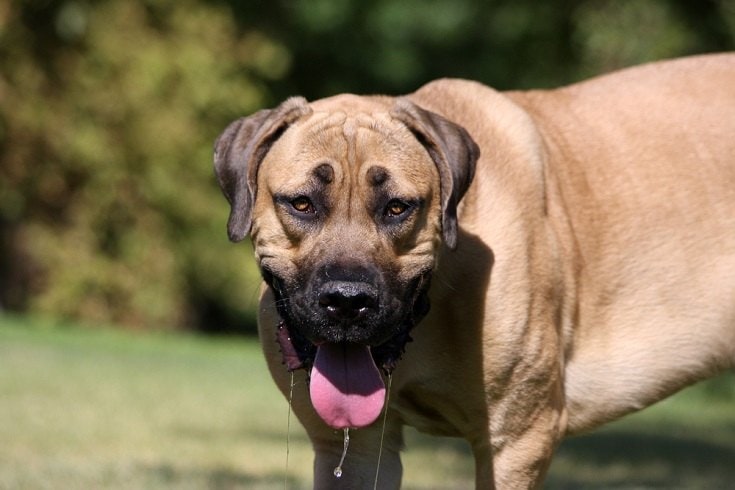



Top 8 Tips to Stop Dog Drooling
1. Be Diligent About Your Dog’s Dental Hygiene
One of the simplest ways to prevent your dog from drooling is to be diligent about their dental care. Without proper oral hygiene, your dog may accumulate tartar, potentially irritating their gums. Both tartar buildup and gum irritation can cause your dog to drool more often. Additionally, if something is stuck between your dog’s teeth, it may cause them to produce more saliva, leading to drool.
To properly care for your dog’s oral hygiene, brush their teeth daily with a canine toothbrush and toothpaste. Watch out for plaque deposits, especially if they are yellowish or brownish in color, as well as inflammation of the gums. Likewise, take your pet to regular checkups so that a professional can examine their teeth.
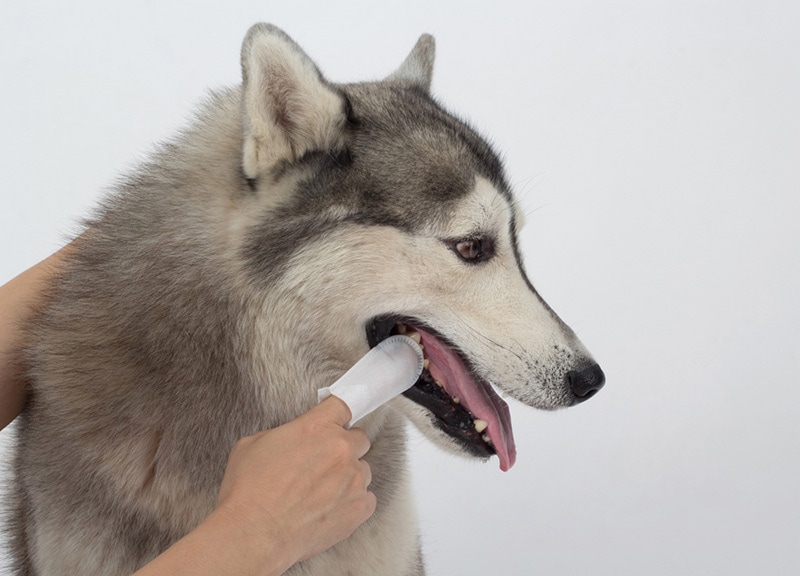

2. Keep Choking Hazards Away From Your Pet
Keep small items away from your dog. This is a good safety protocol to follow and can prevent your dog from producing excessive saliva. Foreign objects stuck in your dog’s teeth or mouth can cause them to salivate excessively to remove them. Examples include a fractured piece of a toy or a splintered bone.
In addition to foreign objects, there is the possibility that a tumor inside the mouth, throat, or esophagus can also cause your dog to salivate more than usual. If you notice anything strange in your dog’s mouth or throat, do not try to remove it yourself. Instead, reach out to your vet right away.
3. Make Sure Your Dog Doesn’t Eat Anything They Shouldn’t
Although cats are heavily stereotyped as curious animals, all dog owners know that canines can be just as inquisitive. It’s an endearing quality that can sometimes endanger our pets, especially if a dog eats something they shouldn’t have. This can be a foreign object, such as a sock or a toy, which we’ve already established can cause your dog to salivate. In addition, toxic substances may also lead to drooling.
If your dog gets into cleaning chemicals, toxic ingredients, or poisonous plants, they may be drooling due to the exposure. In this instance, you may notice other signs, such as vomiting, diarrhea, trembling, or other worrying issues. If you believe your dog has gotten into something they shouldn’t have, do not delay getting them the professional help they need.
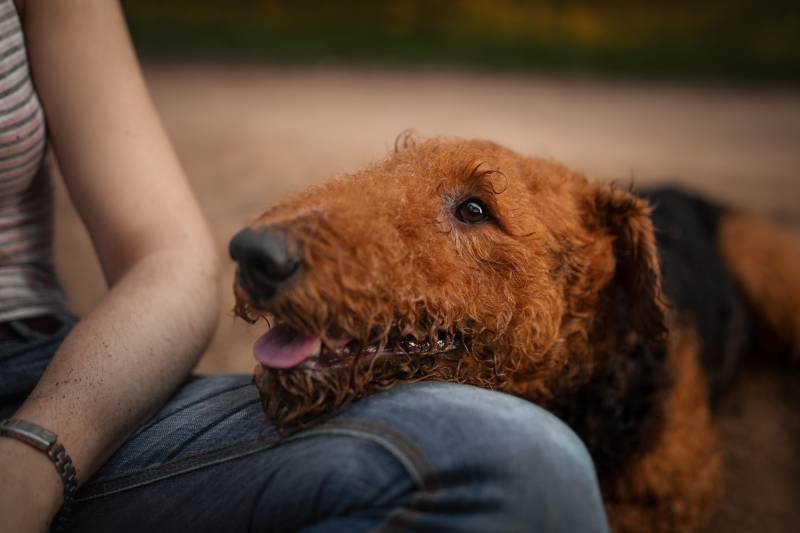

4. Pay Attention to the Weather
Sometimes, your dog’s drool has little to do with what’s in their mouth. For instance, hot weather can cause your dog to suffer from heat stroke. As a result, they may salivate excessively to try and cool themself off.
Heat stroke is a concerning health issue that requires urgent care. On the spectrum of heat-related conditions, heat stroke is the most severe. If your dog continues to be exposed to heat after suffering from heat-induced illnesses, they may progress from heat exhaustion to heat stroke. Heat stroke is characterized by disorientation, increased body temperature, and seizures. If the condition worsens, they may suffer from organ damage and even organ failure.
Of course, this is the most extreme scenario. If your dog is even a little bit hot, they still may drool to try and regulate their temperature. Limit their outdoor time during the warmer seasons to prevent them from drooling excessively.
5. Feed Your Dog When You Eat
A common reason dogs salivate is the desire for or anticipation of a meal. If you and your family sit down for a meal, your dog may sit at the edge of the table and drool. To prevent this, you can feed your dog at the same time that you eat your meals. That way, your dog does not have too long for their meal.
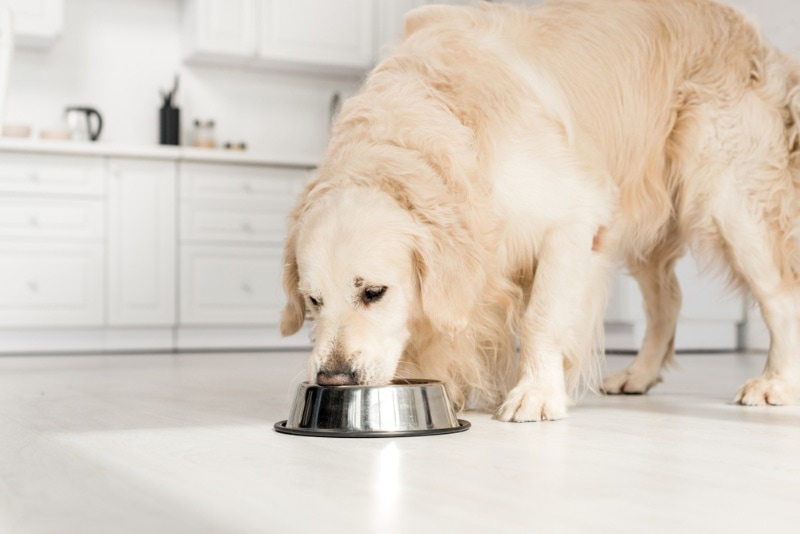

6. Use Puzzle Feeders
If your dog drools a lot during mealtime, using puzzle feeders might save you a lot of cleanup afterward. Food puzzles lengthen the time that your dog takes to eat their meals, so they don’t produce as much saliva as quickly. This reduces the amount that they drool. There are plenty of puzzle feeder choices on the market, so take your time to look through them and see which might be the best fit for your dog.
7. Redirect Your Dog’s Attention When They Drool for Food
If your dog drools whenever they see food, feeding them to stop the drooling will only reinforce the behavior. Rather than feeding your dog every time that they want it, you can try to redirect their attention instead. Puzzle toys are a great way to keep your dog occupied and distract them from their desire for food. It may take some time to train this habit out for your dog, especially if they have learned that begging will give them the food they want.
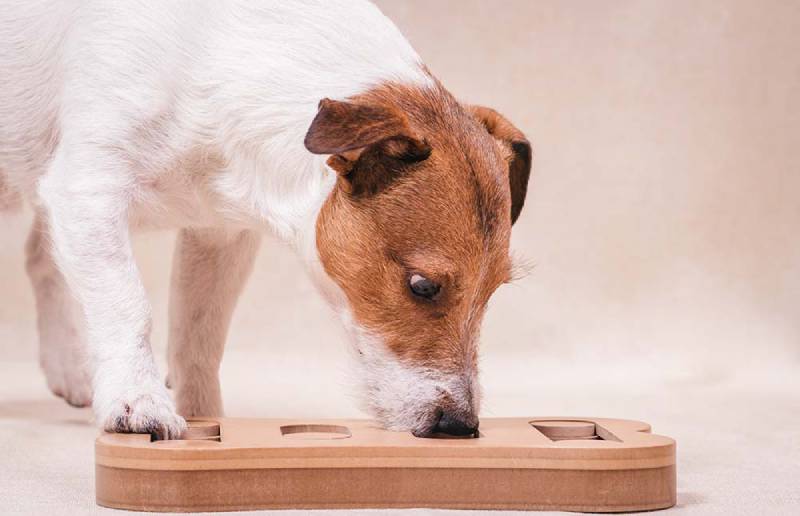

8. Avoid Triggers that Cause Them to Drool
There are many reasons why a dog may drool, not just for the anticipation of a snack. If your dog has specific triggers that engage their salivary glands, you must avoid them whenever possible.
In the example of food, if your dog salivates when you start cooking dinner, you can remove them from the room when you prepare your meals. You can do so by placing them in their crate or sending them to another room. This works even better if your dog has something to occupy themself with when you are apart, such as a favorite toy.


When Is Excessive Drooling a Cause for Concern?
Although drooling is a natural behavior, there are times when it is a cause for concern. If your dog’s excessive drooling comes with any of the signs below, contact your veterinarian immediately.
- Vomiting
- Diarrhea
- Lethargy or weakness
- Restlessness
- Panting
- Pawing at the mouth
- Lack of appetite
- Sudden changes in eating behavior
- Struggling to swallow
- Bleeding from mouth
- Sudden change in behavior, especially whining or aggressiveness
- Lack of coordination or balance
- Disorientation or head-tilting
- Uneven pupils
- Distended abdomen


Conclusion
While drooling is a natural behavior in dogs, that doesn’t mean most dog owners are thrilled to see slobber running down their dog’s face. Salivation is not something you can prevent your dog from doing, but there are steps that you can take to reduce the amount of unnecessary drooling. We hope these tips and tricks have helped you minimize the drool in your household. If you are ever concerned about how much your dog is salivating, do not delay contacting your vet.
Featured Image Credit: Mary Swift, Shutterstock
